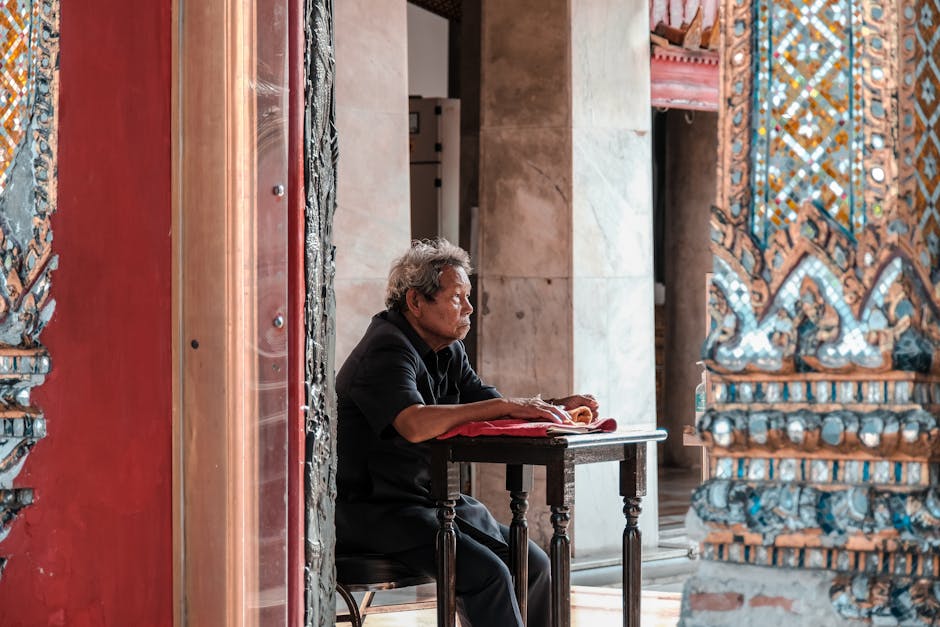The Resurgence and Globalization of Thai Inhalers: A Cultural Commodity in the Modern Wellness Market

The Resurgence and Globalization of Thai Inhalers: A Cultural Commodity in the Modern Wellness Market
In the intricate labyrinth of Thai markets, amidst the vibrant hues and tantalizing aromas, lies a traditional product known locally as "ya dom." Officially titled Thai inhalers, these portable aromatherapy devices have transcended beyond local use, capturing the attention of the global wellness market. As the world becomes more attuned to natural and holistic health solutions, Thai inhalers stand out not only for their health benefits but also as emblems of Thai heritage and innovation.
Understanding Thai Inhalers: Ingredients and Effects
Core Ingredients: At its heart, the Thai inhaler is a masterful blend of menthol crystals, peppermint oil, camphor, and borneol oils. These ingredients are famed for their potent therapeutic effects including alleviation of sinus congestion, headaches, and motion sickness, and enhancing mood and concentration.
Traditional recipes and modern adaptations sometimes vary, incorporating citrus or more contemporary aromatic herbs depending upon regional preferences.
Market Dynamics and Consumer Trends
Global Appeal: Recently, there has been a noticeable spike in the international popularity of these inhalers. Brands like Poy Sian and Hong Thai, have become household names in many Asian countries and are beginning to penetrate Western markets. This rise in demand highlights a broader trend: a global shift towards products that promise natural wellness solutions.
Consumer Buying Behavior: The popularity is further buoyed by diverse product formats—ranging from glass tubes to roller-ball forms—catering to various consumer needs from travel comfort to daily stress alleviation.
Cultural Significance vs. Global Utility
In Thailand, inhalers are a staple in every home, interwoven deeply with daily life and even featured in classical literature. While the West views these products primarily as wellness aids, in Thailand, they carry a richer, more nuanced cultural significance. For the international market, it's essential to understand and respect these nuances to successfully market these products as both wellness aids and unique cultural commodities.
The true value of Thai inhalers lies not only in their utility but in their ability to encapsulate a piece of Thai heritage, offering a sensory journey into the heart of Thailand’s rich cultural landscape.
Regulatory Landscape and Strategic Recommendations
Domestic vs. International Regulations: In Thailand, Thai inhalers are recognized as household remedies with approval from the Ministry of Public Health. However, the international market could pose different challenges with stricter regulations. It is crucial for businesses to navigate through varied regulatory environments, especially in regions like the EU and US where the classification could range from cosmetics to over-the-counter remedies.
Strategic Marketing: Emphasizing the natural and traditional aspects supported by regional branding might help elevate the product’s perception and acceptance.
Looking Forward: The Future of Thai Inhalers in Global Markets
The future looks promising for Thai inhalers, with potential growth in both existing and untapped markets. By leveraging digital marketing and online retail channels, these products can reach a wider audience. Moreover, aligning with global wellness trends and continuously innovating the product line in response to consumer feedback will be crucial for sustained growth.
In conclusion, Thai inhalers represent more than just a remedy; they are a bridge connecting traditional Thai culture with the global wellness movement. As the world leans more towards natural and authentic products, Thai inhalers are well-positioned to become a mainstay in the international wellness industry. The strategic integration of cultural heritage with modern wellness needs could set a precedent for other traditional remedies aspiring for global recognition.
